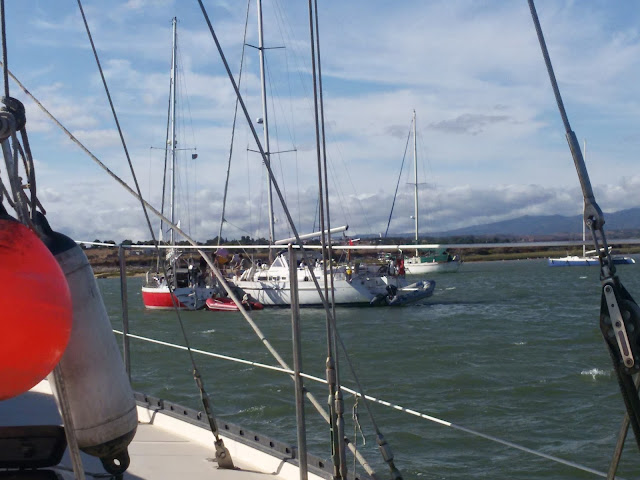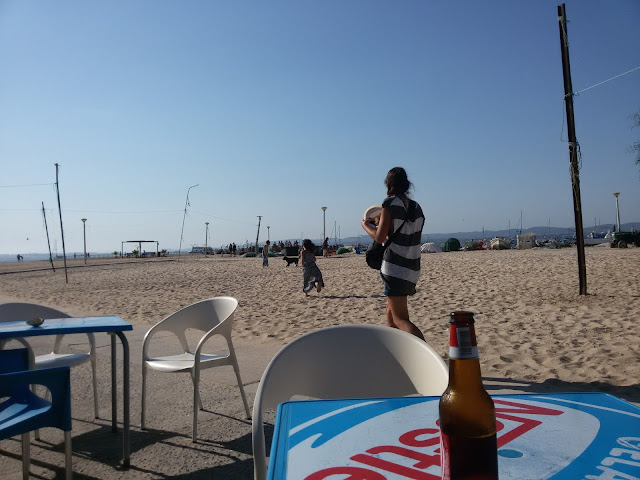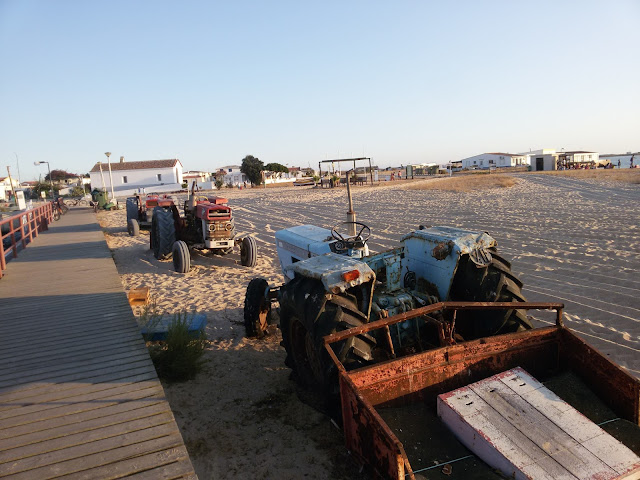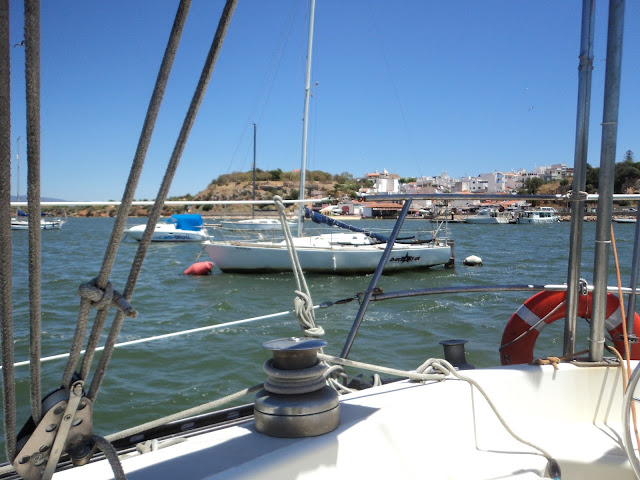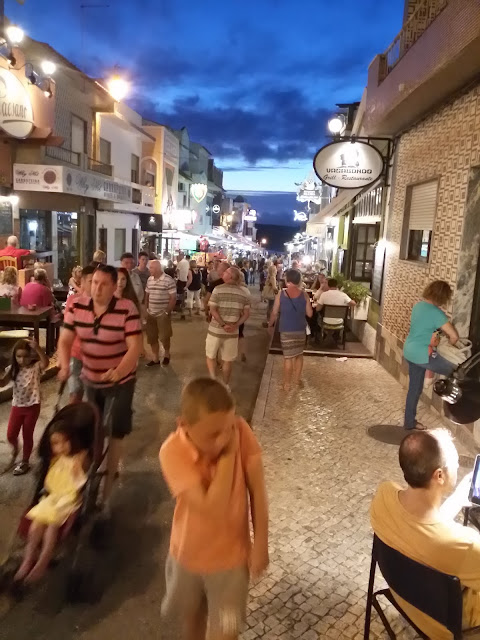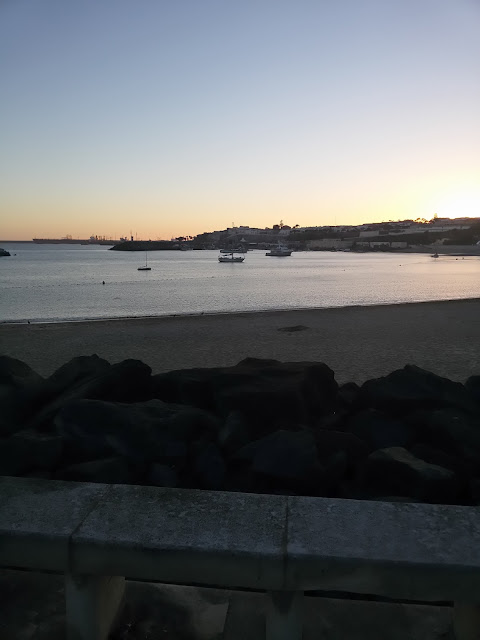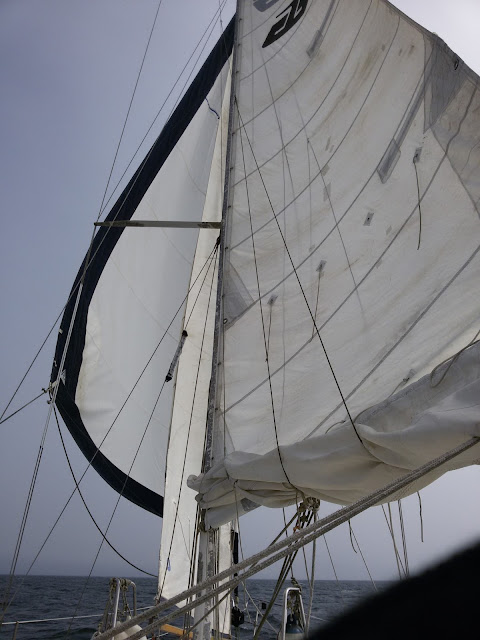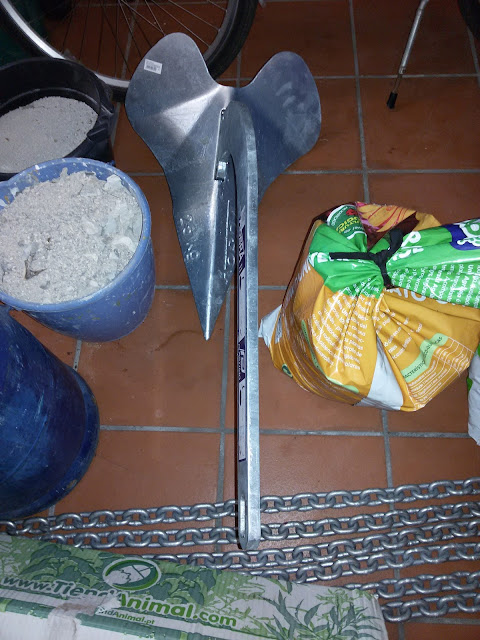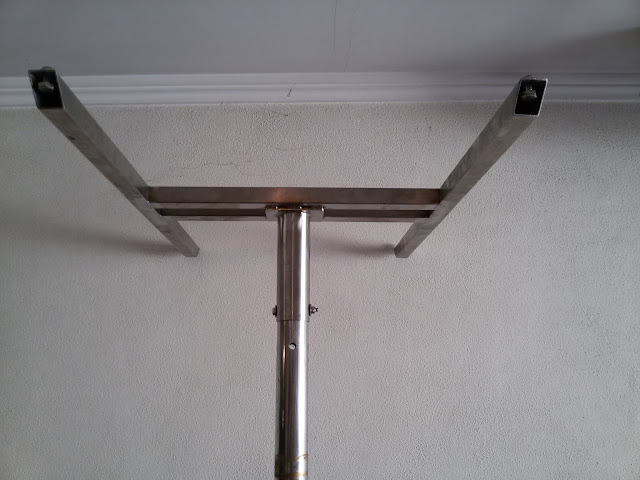"When the seagulls follow the trawler, it is because they think sardines will be thrown into the sea." ~ Author: Eric Cantona
This year I splurged on a 50-euro fishing licence. My largest catch so far was a seagull.
I finally hooked a fish in the Algarve (a type of mackerel), which I ate the next day. My plan to live on fish and sprouts fell through for two very simple reasons: I haven't learned how to fish properly and sprouting takes time. Everything boils down to free time.
This year I splurged on a 50-euro fishing licence. My largest catch so far was a seagull.
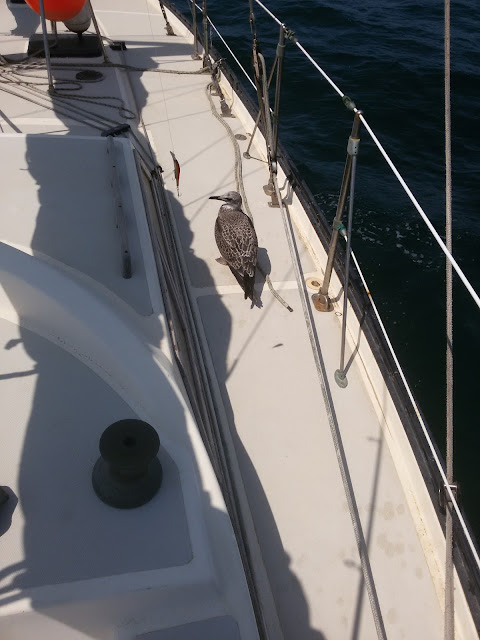 |
| It's looking at the lure as if to say, "how did I get fooled by this plastic piece of trash?" |
 |
| The 50-euro fish. |
Anyway, I caught this mackerel while motorsailing from Culatra to Alvor trailing a lure from a cheap fishing rod. Where there's one fish there's got to be more, so I plunked the lure back in the water, let out plenty of line, and caught a seagull.
It began circling about 60 m behind the boat and, sure enough, it swooped down and hit the water wings wide open. Suddenly I had a seagull on the lure. I was convinced the lure was at least a couple of meters deep like it's suppose to be, and not on the surface.
Another punch in the gut feeling. Shit, now I'd have to get it on the boat and kill it. What choice did I have? I'd never be able to extract those nasty hooks from its throat without torturing and mutilating it beyond repair. Then I'd surely shoot myself with a hand flare out of remorse. Looking at the panic in its eyes as I reeled it in closer almost made me sick.
I put the engine in neutral, which slowed the boat to 2.5 knots in the light breeze and slowly reeled it in. The poor bird was literally walking on the water, flapping its wings, being pulled by its head held high out of the water.
But after I had it alongside and raised it onto the deck, it stood on its feet, shook its head and the lure fell to the deck. The hook had merely caught the inner tip of its beak and had been held in place solely by the pressure of the taut line.
It stood there for a minute or two looking bewildered and then flew away as gracefully as any other gull. As for me, I swore never to fish again.
But after some experimenting I learned that the lure has to be closer to the boat for its nose paddle to bite and dive. Either that or you need to put a lead on the line. So maybe I will fish again.
I gutted the mackerel and, lacking a fridge, stored it in the cool bilge. The next day in Alvor I cooked a delicious caldeirada and made a toast to the unharmed seagull and wondered whether it would overcome the trauma and ever go fishing again or take to eating discarded fish and garbage like most seagulls do.
How did I feel about the fish, you may ask? A bit sorry at first, but it's not very different from buying a dead fish.
